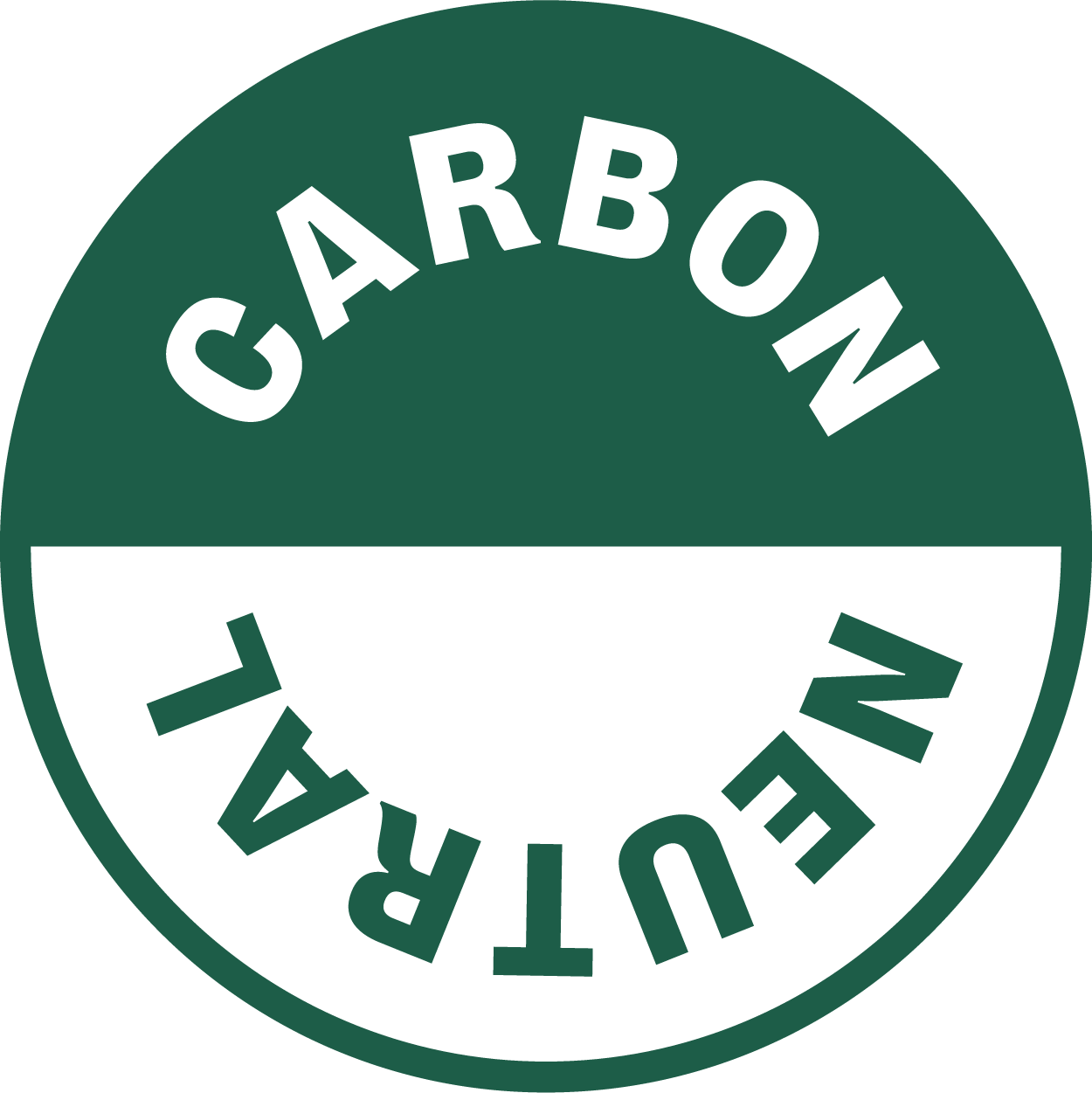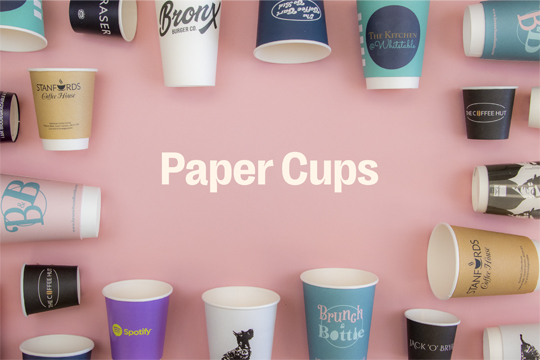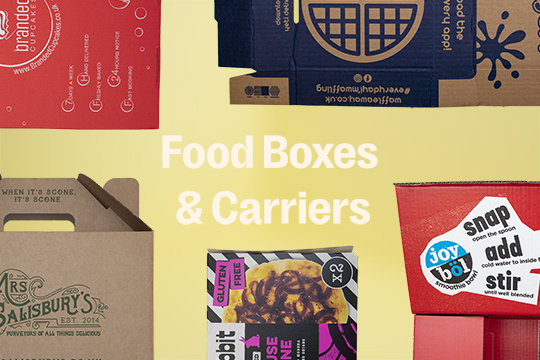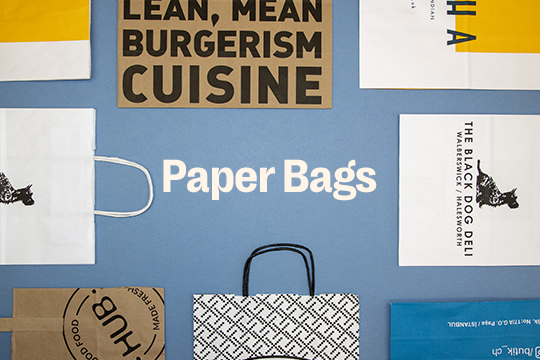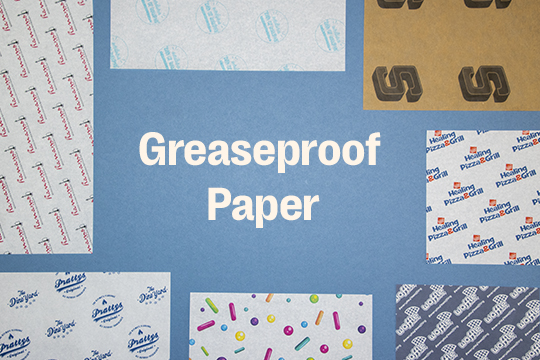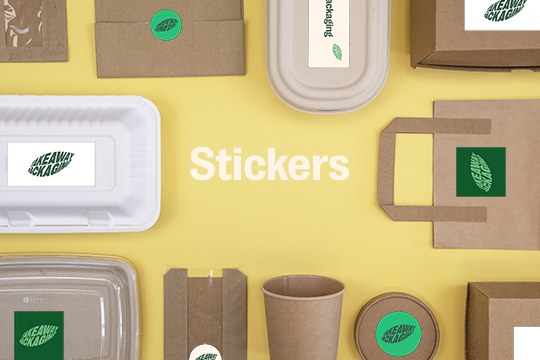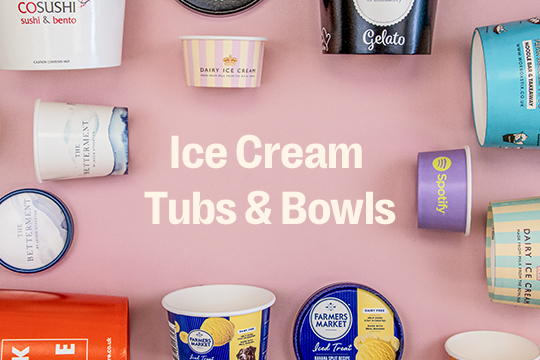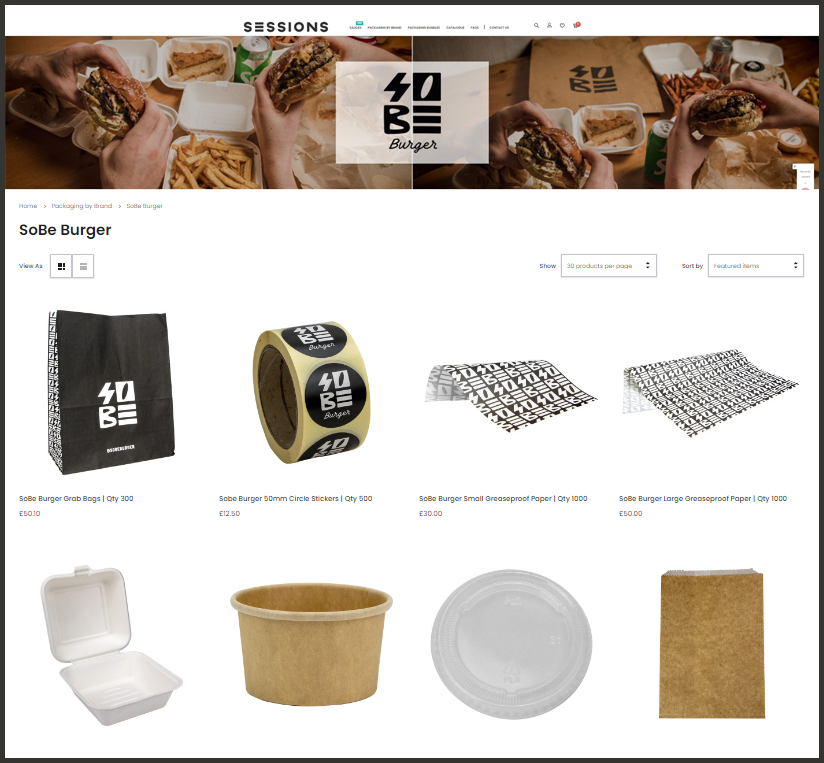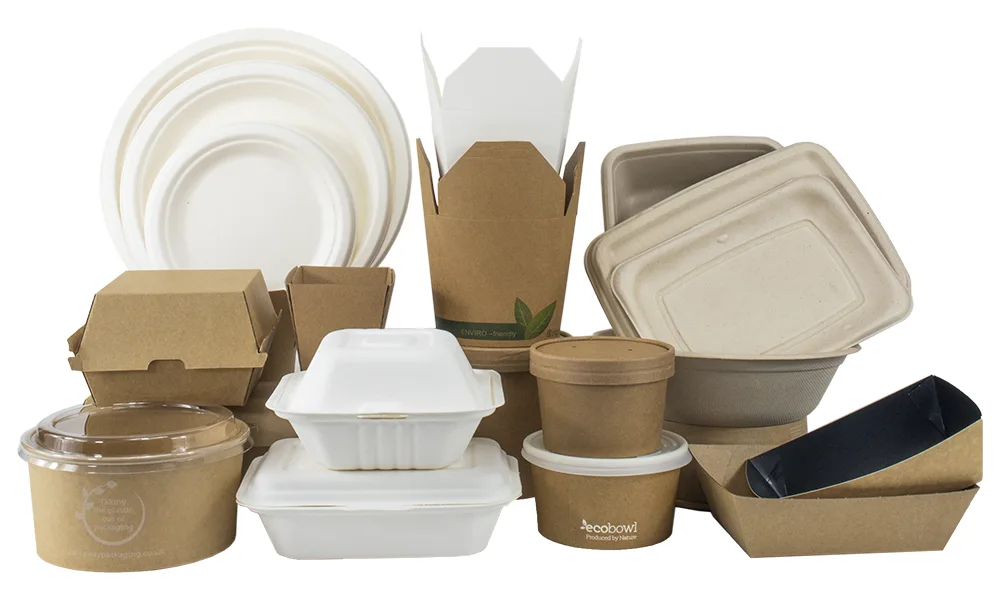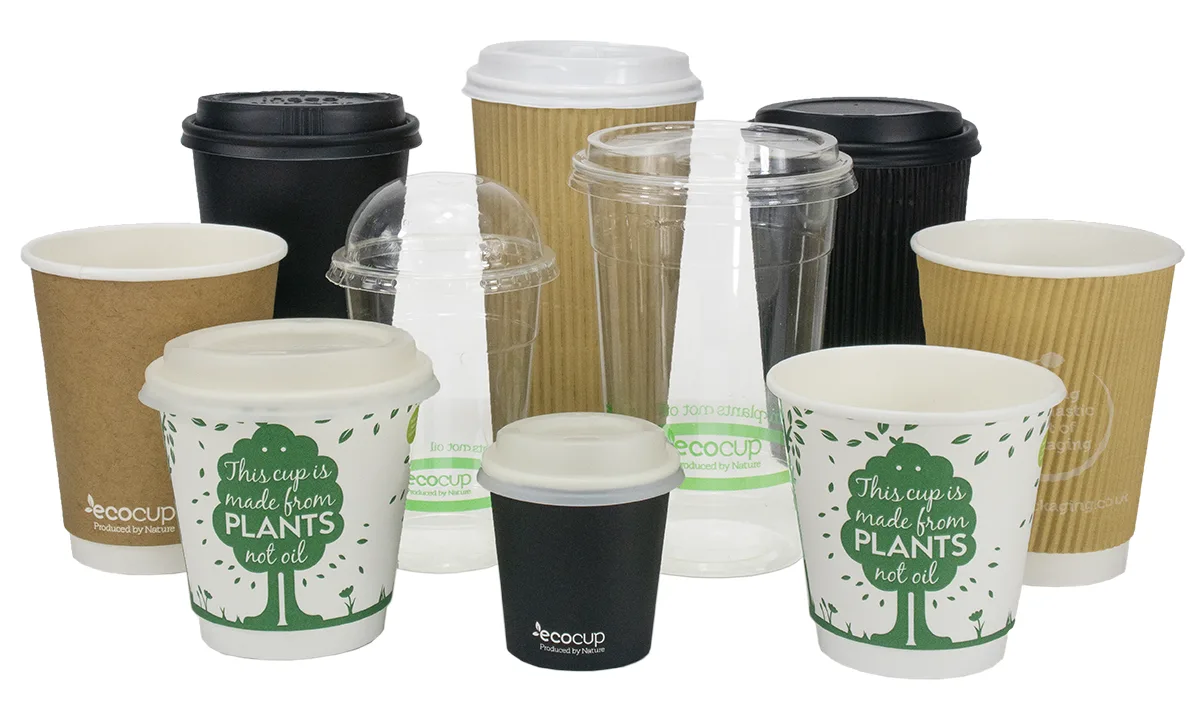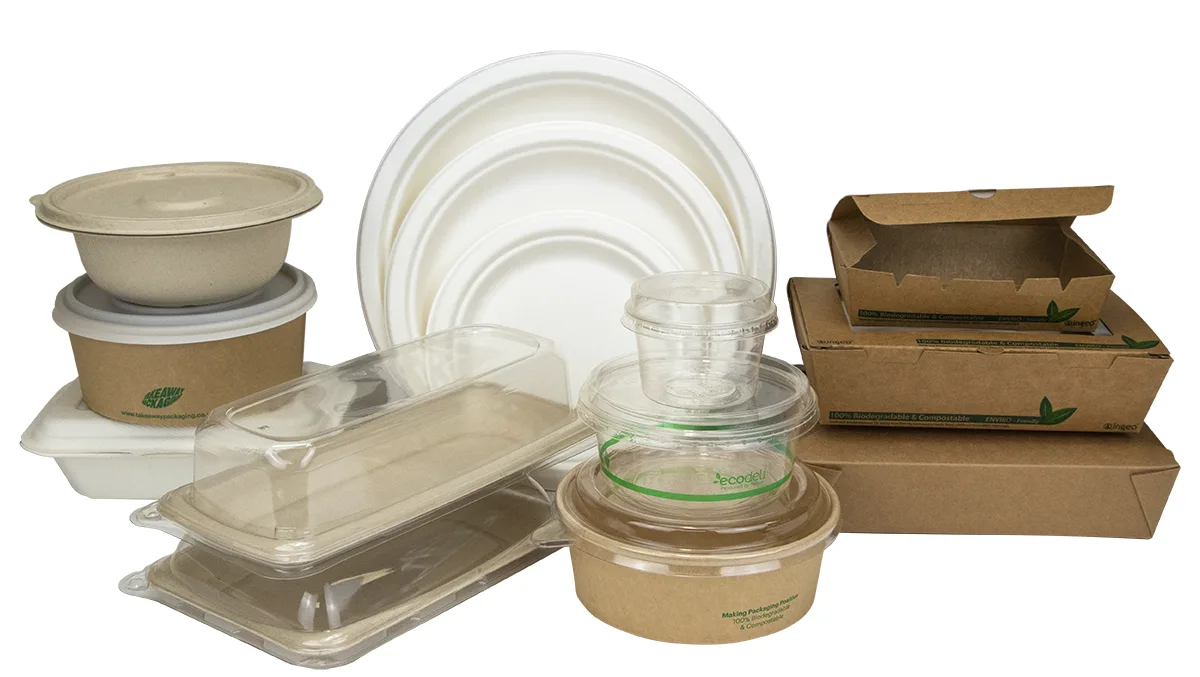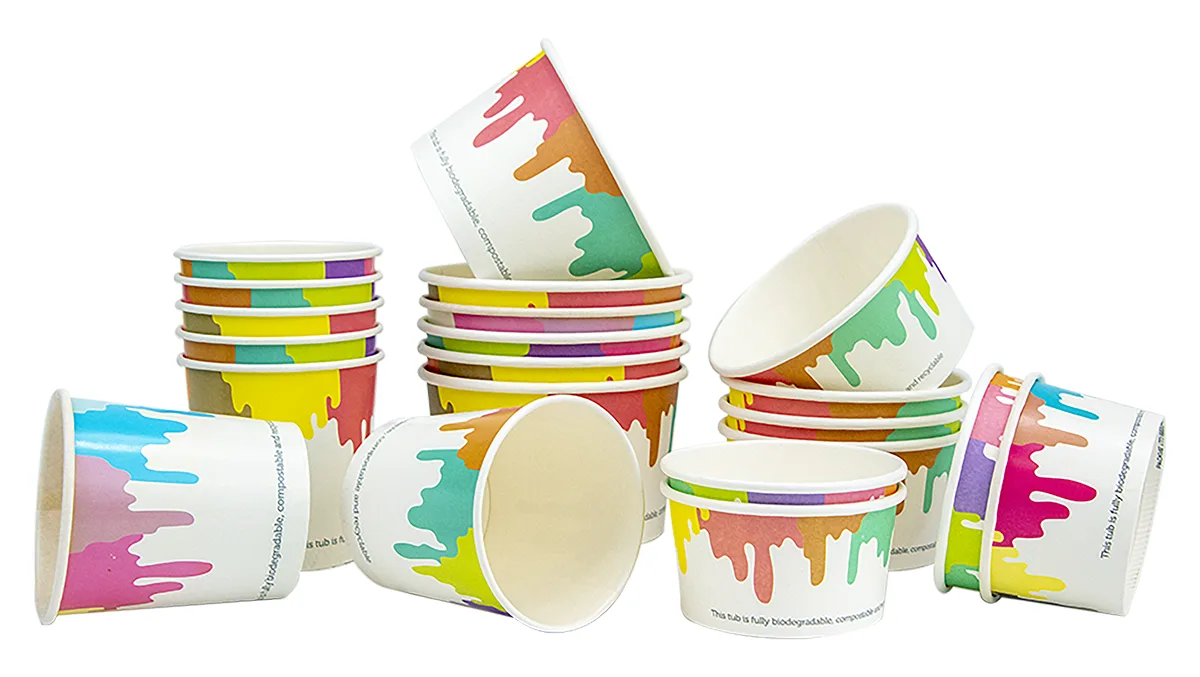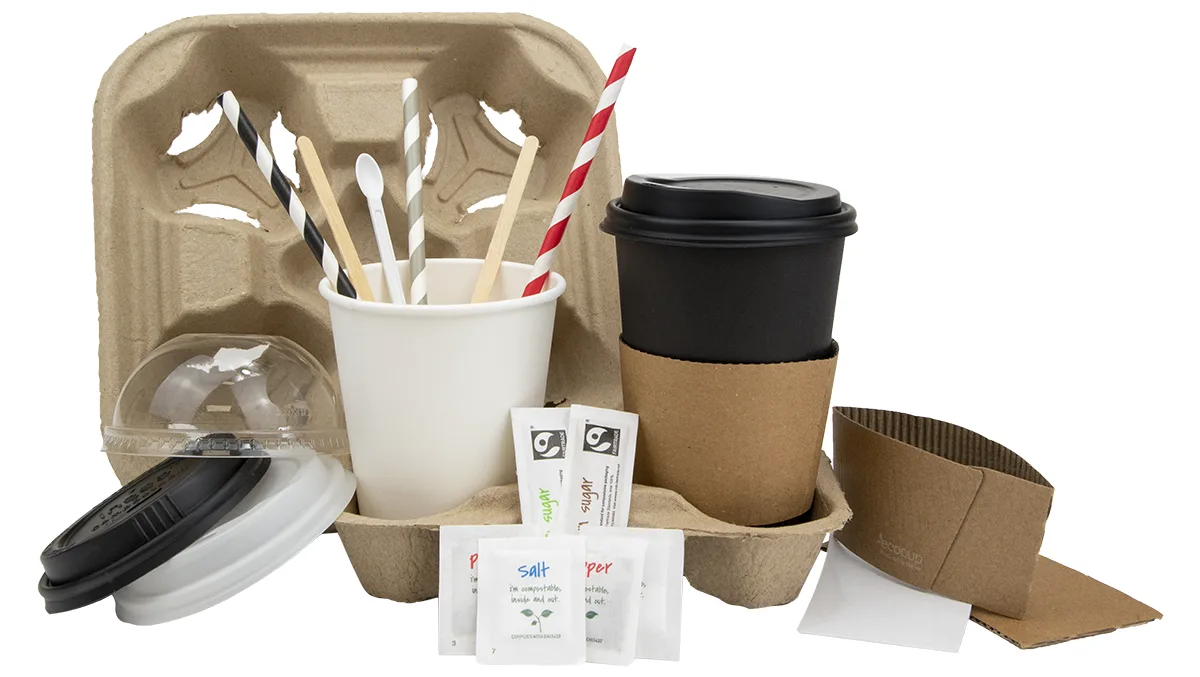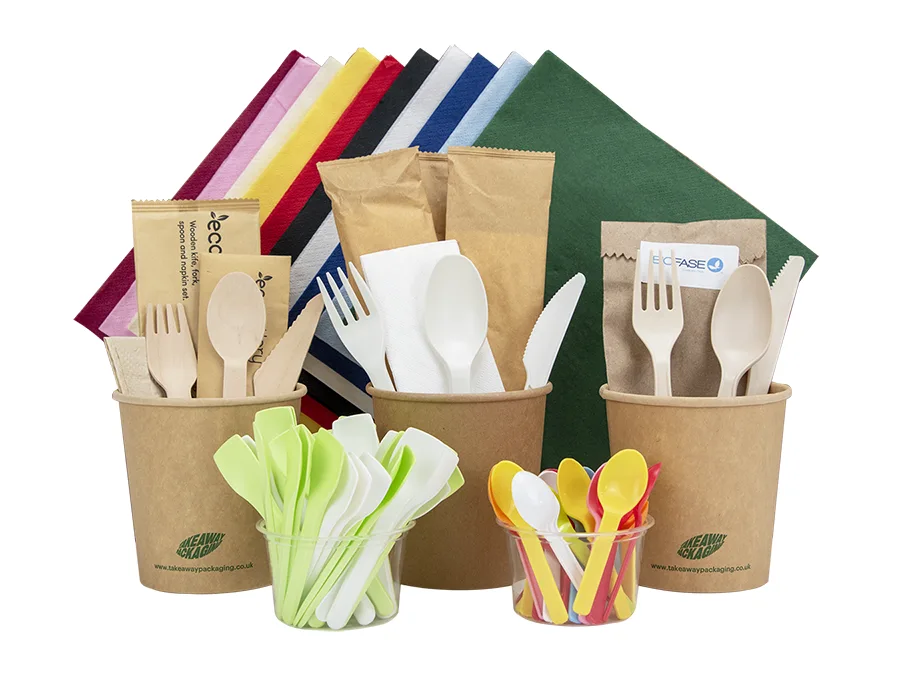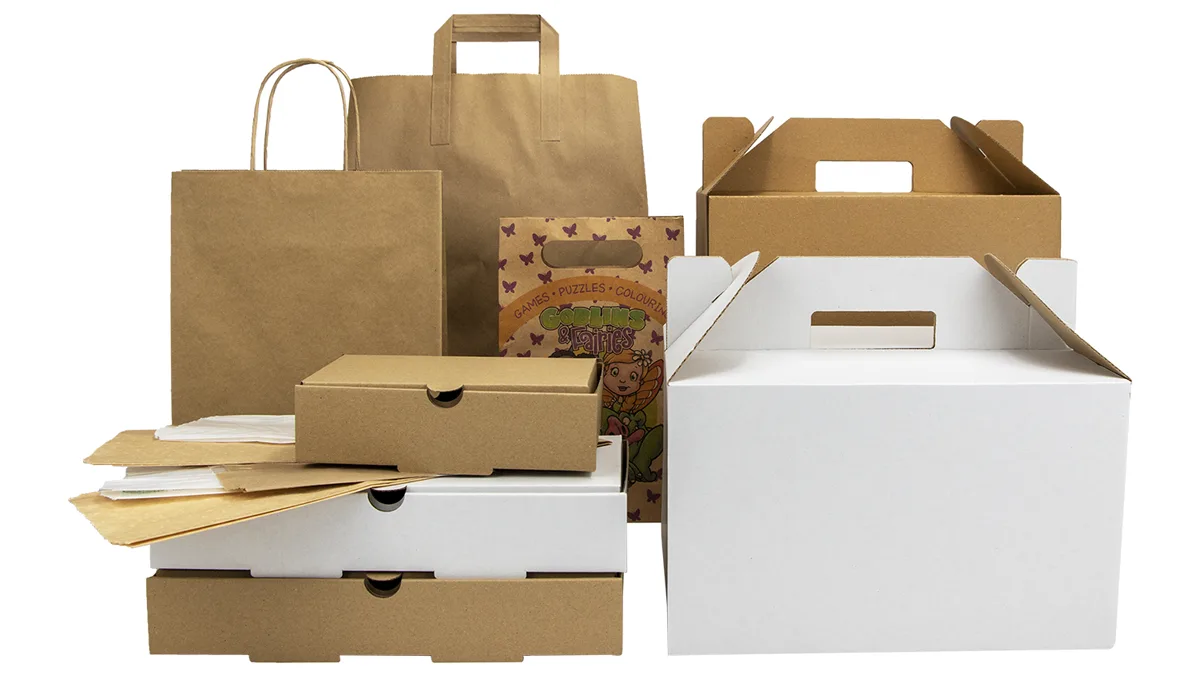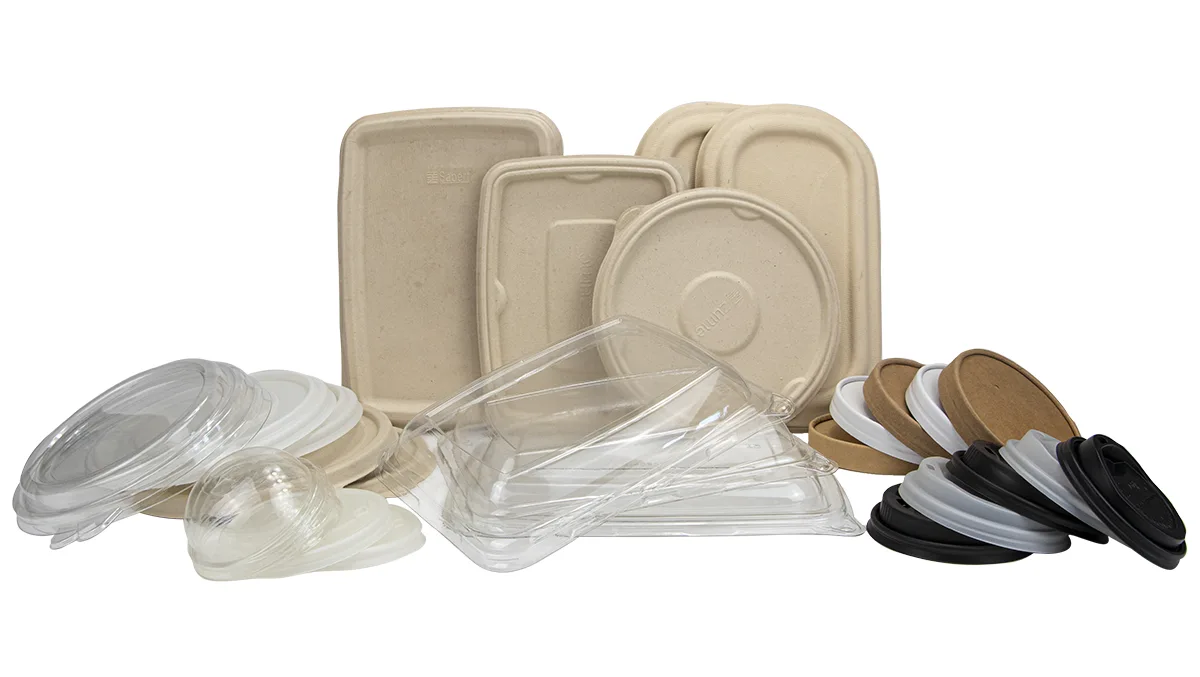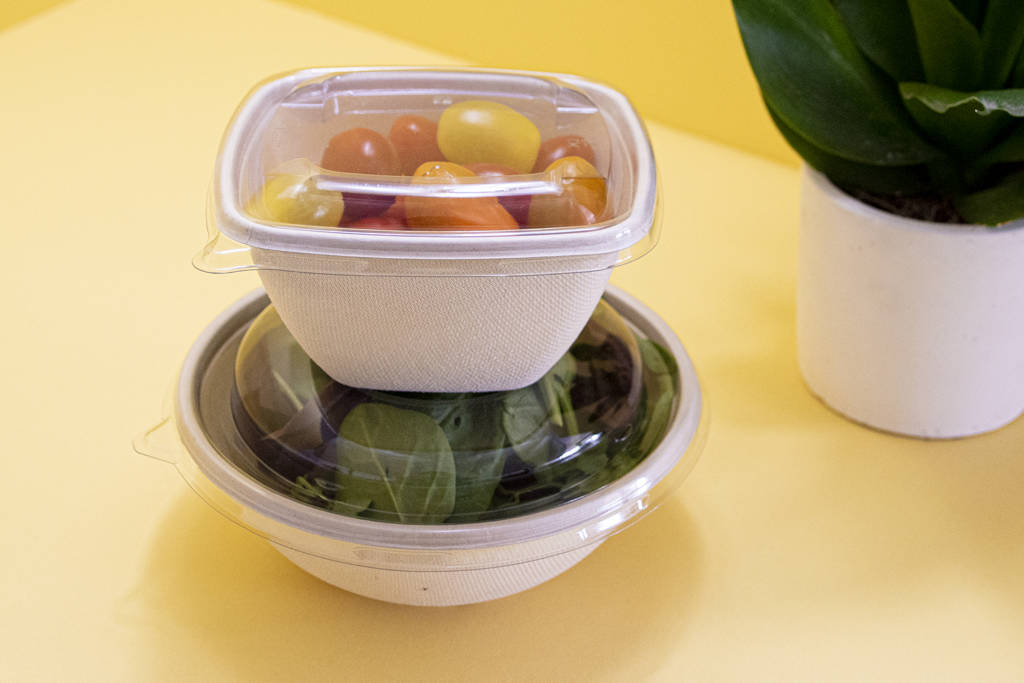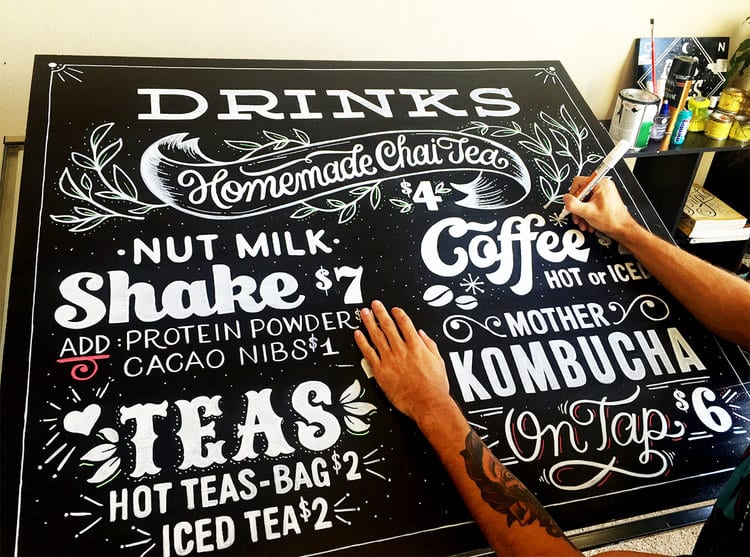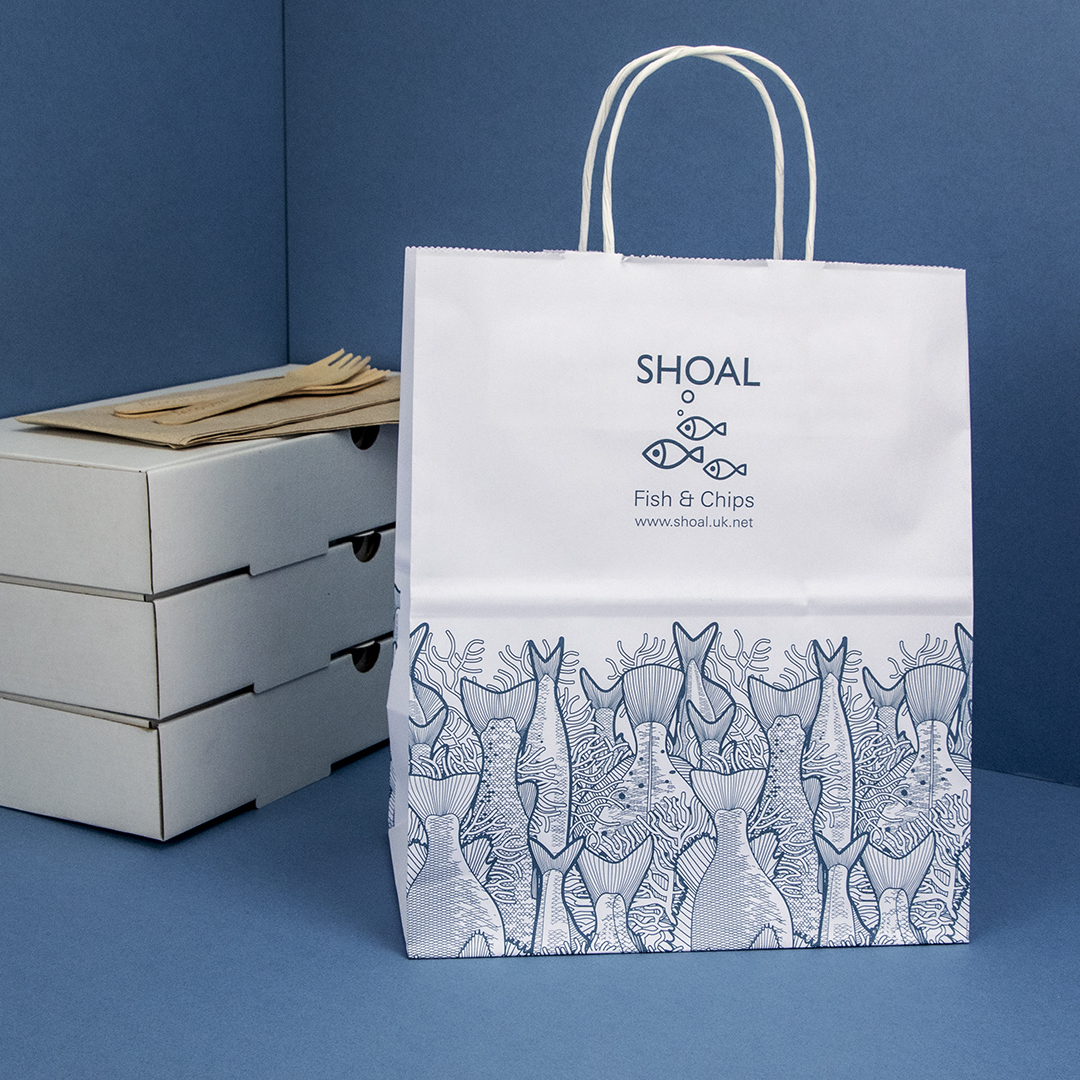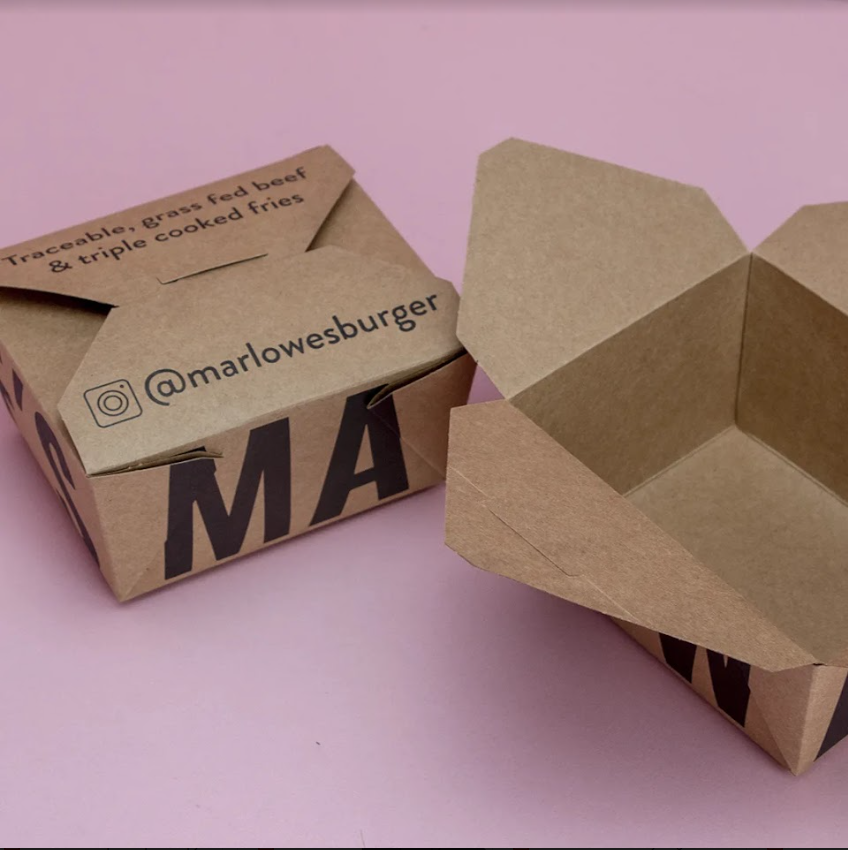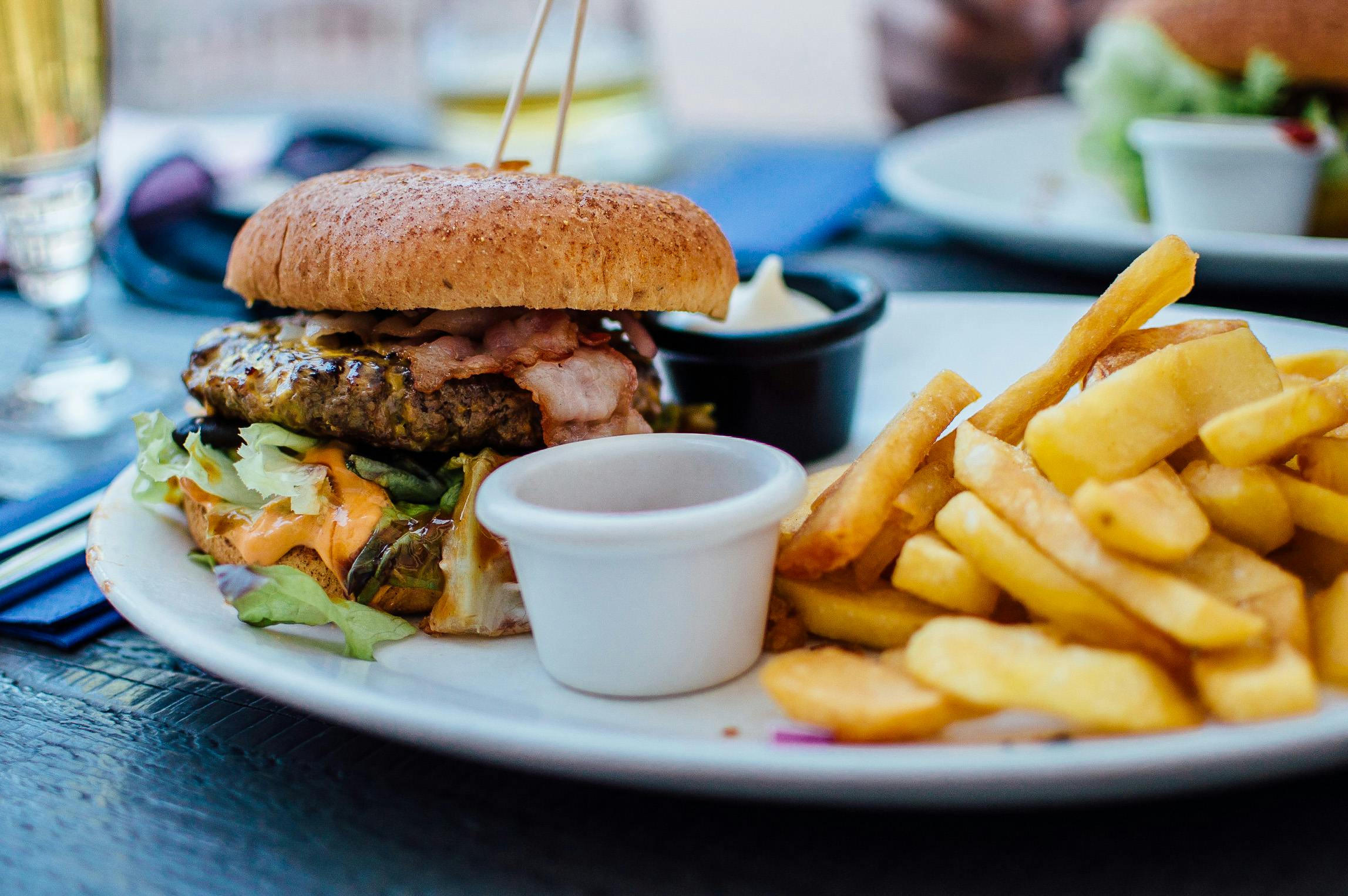“Biodegradable” roughly translates to “somewhat better for the environment” in the packaging world. With a whole host of biodegradable packaging options available for food and drinks products, bioplastics offer an eco-friendly alternative to standard plastic packaging for food and drinks.
So what are bioplastics, and are bioplastics better for the environment than other similar packaging materials?
What Are Bioplastics?
Bioplastics are made from materials derived from biological substances rather than petroleum. They’re created using the sugar present in plants, typically sugarcane, sugar beets, wheat, or potatoes. Bioplastics are inherently renewable, unlike conventional plastics since they’re made from entirely natural, organic, plant-based materials.
The process of creating bioplastics is a world apart from conventional plastics, but they still share similar properties and characteristics to oil-based plastics, only without the environmental drawbacks. This makes bioplastics an excellent option for eco-conscious businesses and a no-brainer for green-minded consumers.
Are Bioplastics and Biodegradable Plastics the Same?
While the terms are used seemingly interchangeably, bioplastics and biodegradable plastics are not the same.
Bioplastics are made from plant-based materials like polylactic acid (PLA) that break down naturally under specific conditions. Biodegradable plastics are made with petroleum-based materials that aren’t inherently biodegradable.
Additives like starch are incorporated to enhance biodegradation, making oil-based plastics slightly better for the planet. You can expect very similar performance from both kinds of plastics, but which has more environmental benefits?
Are Bioplastics Better for the Environment?
Bioplastics are easily the more environmentally-friendly option since biodegradable plastics are petroleum-based — just like conventional plastics. Bioplastics don’t contain any harmful substances from hazardous chemicals like phthalates, nor do they break down into microplastics that are incredibly bad for the earth, particularly marine life.
Biodegradable plastics can’t be recycled the same way as bioplastics, either.
Do Bioplastics Outperform Conventional Plastics?
Performance should always be a priority when selecting packaging. So how do bioplastics stack up against other packaging materials?
Bioplastics are crafted from plant-based substances. The plant-based oils found in most bioplastics enhance their performance, making them less brittle and more flexible. Other plastics are prone to cracking or splitting, but bioplastic cups are up to the task of carrying liquids.
For example, a typical pint cup is expected to be transparent, slightly flexible and durable. If it’s made using Ingeo™ PLA Bioplastic — our bioplastic of choice — you can expect similar or better performance from your super-sustainable packaging.
That’s not all. When used in hot drinks packaging, bioplastic linings provide a moisture-resistant barrier that reduces the likelihood of leaks and spills without the need for non-biodegradable plastic. This dramatically improves waste management and recyclability as a result.
What Are the Advantages of Bioplastics?
Bioplastics share similar properties to conventional plastics, but several compelling reasons make them the most favourable packaging option for forward-thinking businesses:
1. Fewer Carbon Emissions
Bioplastics produce significantly fewer greenhouse gases than conventional plastics over their lifespan. From manufacturing to disposal, fewer emissions are generated than other forms of plastic; less energy is required to produce bioplastics, and less carbon is produced when bioplastic waste is processed, especially when compared to generic mixed plastic waste. As a carbon-neutral packaging supplier,
2. Enhanced Biodegradability
Bioplastics will biodegrade naturally over time under the right conditions, unlike other plastics. Bioplastics will naturally decompose in three to six months, but the average plastic takeaway container may take around 450 years to disintegrate. Even when it does, conventional plastics release toxins back into the environment, further damaging the planet.
Related: Can You Recycle or Reuse Plastic Takeaway Containers?
3. They Can Be Recycled
Bioplastics can be recycled before they start to degrade. This helps consumers dispose of their waste responsibly and extends the lifespan of the bioplastic packaging materials further, allowing them to be repurposed before they perish.
We typically imagine plastics to be infinitely durable and long-lasting, but you can only recycle plastics two or three times. This is problematic, as most non-biodegradable plastics start to perish after being recycled just once, meaning the vast amount of energy and resources required to manufacture the materials in the first place is somewhat wasted.
When plastics become unsuitable for repurposing, you must discard them. Most non-biodegradable plastics spend the rest of their life clogging up landfills or polluting the oceans. Bioplastic packaging will degrade much more safely and quickly than its synthetic counterparts, making it a much more planet-friendly option.
4. Less Plastic Pollution
Bioplastics are compostable at commercial facilities, meaning less recycling or general waste to manage. All that’s left behind after using a bioplastic cup or a PLA-lined takeaway container are its natural components since bioplastic packaging is derived from natural substances. This also means that these items have no chemicals or toxins left behind, reducing waste pollution and atmospheric pollution.
5. Improved Food Safety
Biodegradable products are made using naturally occurring substances. As a result, they don’t contain harmful chemicals or pose any risks to intended users. Non-recyclable plastics — such as polyethylene terephthalate (PET), the plastic used to create water bottles — bioplastics don’t attract harmful bacteria or leach chemicals back into the environment, making them practical, eco-friendly options as food and drink packaging.
Related: Phthalates: The Most Dangerous Problem with Plastic Food Packaging
6. Make Better Use of Natural Resources
There’s only so much crude oil left on earth. Based on current consumption levels, we can expect around 47 more years of oil before it’s all gone. After that, the world will have no other option but to switch to sustainable alternatives.
Hydrocarbon gas liquids (HGLs) account for 18% of the total oil consumption in the world. HGLs are used for the production of plastics, among other things. By switching to bioplastics, we could curb oil consumption and preserve the planet’s finite, non-renewable resources.
7. Better for Business
Around three-quarters of consumers would pay more for sustainable products, making bioplastics an excellent option for eco-conscious businesses. In addition, two-thirds of consumers say they would be less likely to purchase products if they knew the packaging was harmful to the environment, which makes conventional plastic packaging a lot less appealing.
The shift towards sustainable packaging has been primarily consumer-driven, but multinational corporations in the food and drink sector have taken notice. The market for bioplastics is expected to grow exponentially in the coming years as renowned brands start to switch from conventional plastics to forward-thinking alternatives.
Should You Switch to Bioplastic Packaging?
Bioplastics are an innovative solution to the world’s problems with conventional plastics. They’re almost indistinguishable from petroleum-based plastics, but they come with an array of environmental benefits. Bioplastic packaging preserves the planet’s natural resources and gives people more options to dispose of packaging responsibly, making them a much more eco-friendly packaging solution.
Head to our online shop and discover eco-friendly bioplastic packaging for food and drinks items. Need a branded packaging solution? Get in touch for a free design quote.

